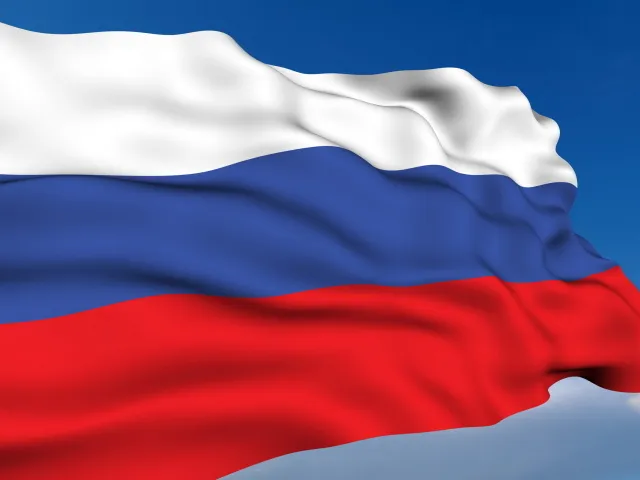Srinagar, Aug 06: Russia is experiencing its sharpest population decline since the Covid-19 pandemic, despite President Vladimir Putin’s repeated claims that reversing the demographic crisis is a top national priority, according to a report by Bloomberg.
Recent research reported by Izvestia has raised concerns over the possible disappearance of more than 130 small towns across Russia, home to around 3.4 million people. These towns, many with populations under 50,000, are grappling with severe demographic decline and shrinking job opportunities.
Citing findings from the Russian Presidential Academy of National Economy and Public Administration (RANEPA), the TASS news agency noted that the population in these towns has dropped by over 314,000 in the past decade. The sharpest declines were observed in towns historically reliant on coal, metal, and lumber industries—particularly in northern regions.
Researchers identified towns in the Bryansk, Novgorod, Kirov, and Krasnoyarsk regions as being among the most vulnerable. Experts caution that without immediate policy intervention, many of these settlements may vanish entirely, potentially leaving thousands without access to essential services and livelihoods. The industrial crisis and continued population drift toward larger urban centres increase the risk of towns being lost entirely,” the researchers told Moscow TImes.
Among those most at risk are Verkhny Tagil in the Sverdlovsk region, Trubchevsk in Bryansk, Inta in the Republic of Komi, Kem and Medvezhyegorsk in the Republic of Karelia and Torzhok in the Tver region, all of which have seen steep population declines.
Official data from Rosstat, the Federal Statistics Service, shows that the number of births in 2024 dropped to 1.22 million—down 3.4% from 2023—marking the lowest birth rate since 1999. At the same time, the number of deaths rose by 3.3% to 1.82 million, the first increase since the peak of the pandemic in 2021.
Overall, the rate of population decline accelerated by around 20% compared to the previous year. Analysts attribute this worsening trend in part to the ongoing war in Ukraine, now in its third year, which continues to strain the country’s social and economic system.







